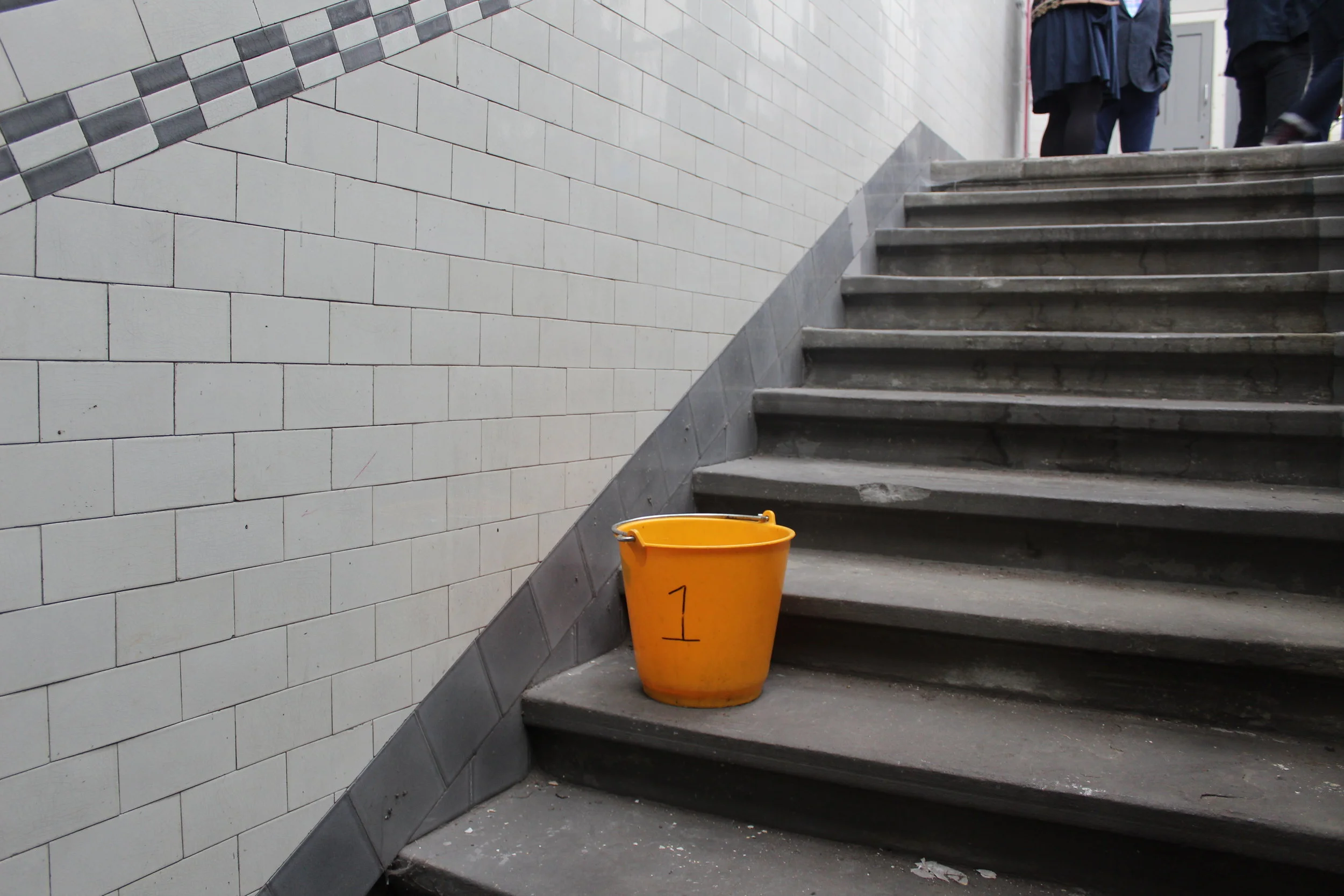High Street Heritage
Integrating community consultation into a celebration of architectural and cultural heritage to help inform a future vision for Glasgow’s oldest High Street
Forming a ‘historic thread’ from the industrial and mercantile histories of the River Clyde to the medieval landmark of Glasgow Cathedral, High Street is one of Glasgow’s most historically significant streets.
However, like many others during the height of the COVID-19 pandemic, High Street was hit with months of closures, with its long-term decline already ongoing for years. In 2021, New Practice was appointed by Glasgow City Council to carry out consultation to assist in the future reinvigoration of one of the city’s oldest streets.
To further understand the heritage of High Street and create a new strategy for its interpretation, New Practice conceived of and carried out ‘High Street Heritage.’
This project encompassed research, analysis, community engagement and schematic masterplanning, with a celebration of built and cultural heritage at its core. Through focussed conversation and considered branding, High Street Heritage allowed our team to have conversations across the entirety of High Street’s diverse communities, and understand the concerns of those both local to its exemplar heritage sites and beyond.
Local to Glasgow, and with our office a five minute walk from the project area, the New Practice team already had a sense of the atmospheric qualities of the iconic street. In a uniquely Glaswegian manner, High Street wears its history and grit on its sleeve, and those tied to its community, culture and sense of place are a key element to the heritage and memory held between its urban forms.
High Street Heritage took this notion of atmosphere and developed it, incorporating the notion of ‘colloquial heritage’ into a recognition of both the tangible and intangible expressions of architectural and cultural heritage.
An extensive survey of the street and its surrounds quickly revealed that High Street comprises a suite of five distinct ‘character zones’ - Saltmarket (1), Mercat Cross (2), Blackfriars (3), College Belt (4) and Bell O’ the Brae (5). In separating analysis into these zones, our conversations were focussed and responsive to the specific nature and needs of each area.
For High Street Heritage, New Practice produced unique engagement materials and carried-out a series of creative events that not only responded to the findings of our research, but allowed us to celebrate the colloquial character of the street and its residents while also testing a series of heritage interpretation prototypes.
In addition to 114 doorstep drop-ins along the street and its immediate surroundings, New Practice produced the ‘New Courant,’ a re-issue of Glasgow’s first newspaper, the Glasgow Courant.
With 200 copies of this broadsheet distributed throughout the project, from the bars of historic pubs to the iconic chippies’ tabletops, the New Courant allowed us to communicate with a wide local and visiting audience, while celebrating their stories and the historic landmarks around them.
High Street Heritage culminated in ‘Mon The High Street Day, which featured an array of heritage-focussed events. Live window illustrations of High Street tales, a pop-up brass band, and a series of walking tours revealing High Street’s hidden heritage were among the highlights of this day of celebration-meets-engagement.
New Practice consolidated extensive site research with the findings from the wide ranging engagement and prototyping activities into a series of schemes to guide any future plans for High Street. These schemes were developed to foster and refocus High Street’s heritage, refining and expanding this priority into dual imperatives of ‘caring’ and ‘cultivating’.
These two mutualistic concerns formed the basis of a nuanced toolkit of cultural and urban strategies, responding to each character zone of High Street in a range of scales and considering the needs of the area’s communities and conservation, while uncovering areas of opportunity to retain or amplify the celebration of heritage.
A heritage folly and lighting strategy for Mercat Cross, a street-wide pocket park and mural scheme, and a re-connecting wayfinding route from Glasgow Cathedral to the Bell O’ the Brae were some of the physical urban recommendations from the proposals; cultural and community interventions included pop-up markets in St. Andrews Square, heritage audio trails and window illustrations.
The suite of recommendations was consolidated under two overarching strategies for the extensive greening of High Street, and a new street-wide identity bringing its past of power production into a future green-energy narrative.
High Street Heritage showed us that heritage must be cared for and nurtured not only in its physical landmarks, but also within its intangible, cultural forms held within the communities tied to it. A custodianship of heritage is held by all, and this custodianship and cultivation was found to be fundamental in the future of High Street and the focussing of heritage in any plans for this ‘historic thread.’
Client: Glasgow City Council
Location: Glasgow, Scotland
Completion: 2021 - 2022
Collaborators: Dr. Alan Leslie (Heritage Expert)


















